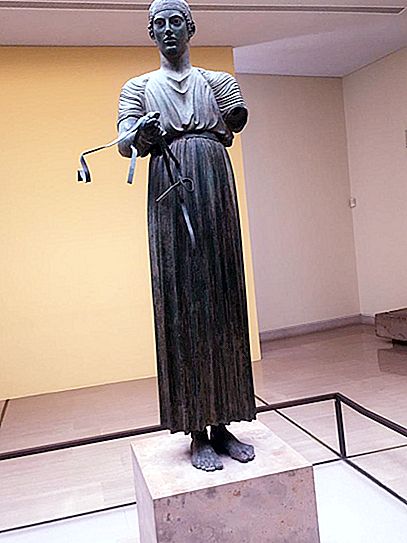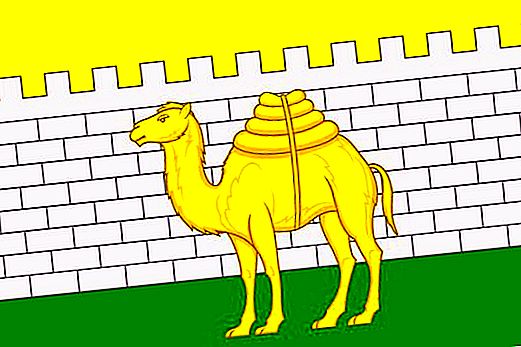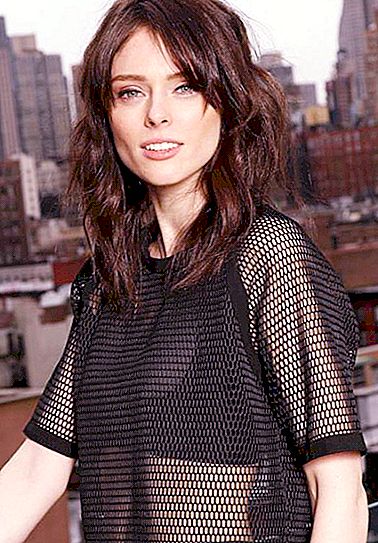Vitruvian Man is one of Leonardo Da Vinci’s most famous drawings, which was published in one of his magazines around 1490. This figure depicts a man’s nude in two positions superimposed on one another. The figure of a man with arms and legs spread apart to the side is enclosed in a circle, and with spread arms and legs brought together in a square. The Vitruvian man Leonardo symbolizes canonical proportions.
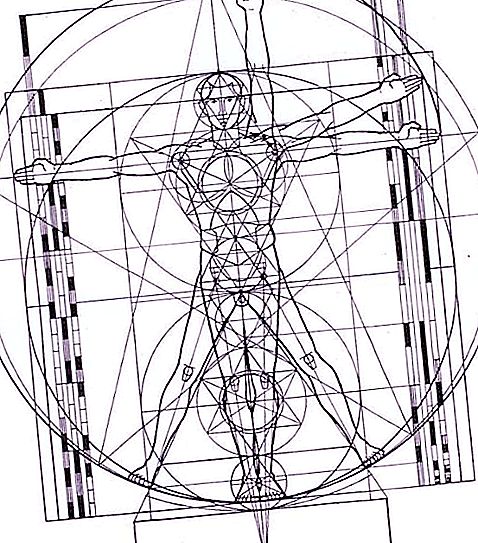
The drawing in the magazine is accompanied by explanatory inscriptions. If you examine it, you can actually notice that the position of the arms and legs is not two poses, as it seems at first glance, but four.
Vitruvian man as a work of art and as a scientific work
When changing positions, it seems that the figure in the center is moving. But in reality, the navel of the figure remains motionless, and the genitals are the center of the square. In the future, it was precisely this technique that Corbusier used to create a scale of proportions that influenced the architectural aesthetics of the 20th century. In accordance with the accompanying text, the figure was created in order to determine the proportions of the male body. The basis for Da Vinci's drawing “The Vitruvian Man” was the treatise “The Man of the Equilibre” by the architect of Ancient Rome Vitruvius, whose name was used to name the image of the figure. This ancient Roman applied the proportions of the human body to his studies in architecture.
Symbol of the symmetry of the human body
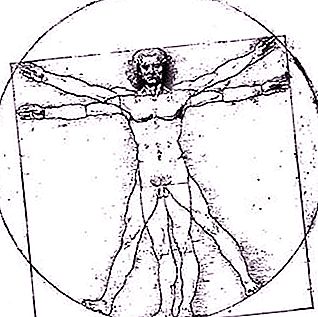
The Vitruvian man Leonardo Da Vinci is an image of a coordinated state of life, in the center of which is a man. The figure shows the ideal male figure in terms of proportions. Two positions - in a circle and a square in the figure - show dynamics and peace. The center of the body, fixed by a square, is the phallus, the center of the moving figure is the solar plexus. Thus, the great artist conveys the contradictory nature of the spirit (circle) and matter (square).
If you complement the drawing with the sides of the Heidegger Four, you will get a symbolic image of the true state of man, half divine, half mortal, which rests with his feet on the Earth and resides in heaven with his head.
The Vitruvian man is not only a hidden symbol of the internal symmetry of the human body, but also a symbol of the symmetry of the Universe as a whole.
Interesting information
In the modern world, the figure of Da Vinci is no longer perceived by humanity as a symbol of the ideal proportions of the human, in particular, male body. This image rather symbolizes the presence of man in the universe.
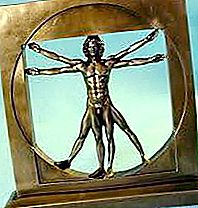
There is one interesting theory that the Vitruvian man of Da Vinci is an image of Christ. The artist was engaged in the restoration of the Shroud at the request of its custodians. Allegedly inspired by the depiction of Christ at the shrine, he transfers the impeccable proportions of his body to his drawing. So, he depicts the divine proportions of the human body. Da Vinci, placing a male figure in the center of the universe, portrayed a man in the image of God.

